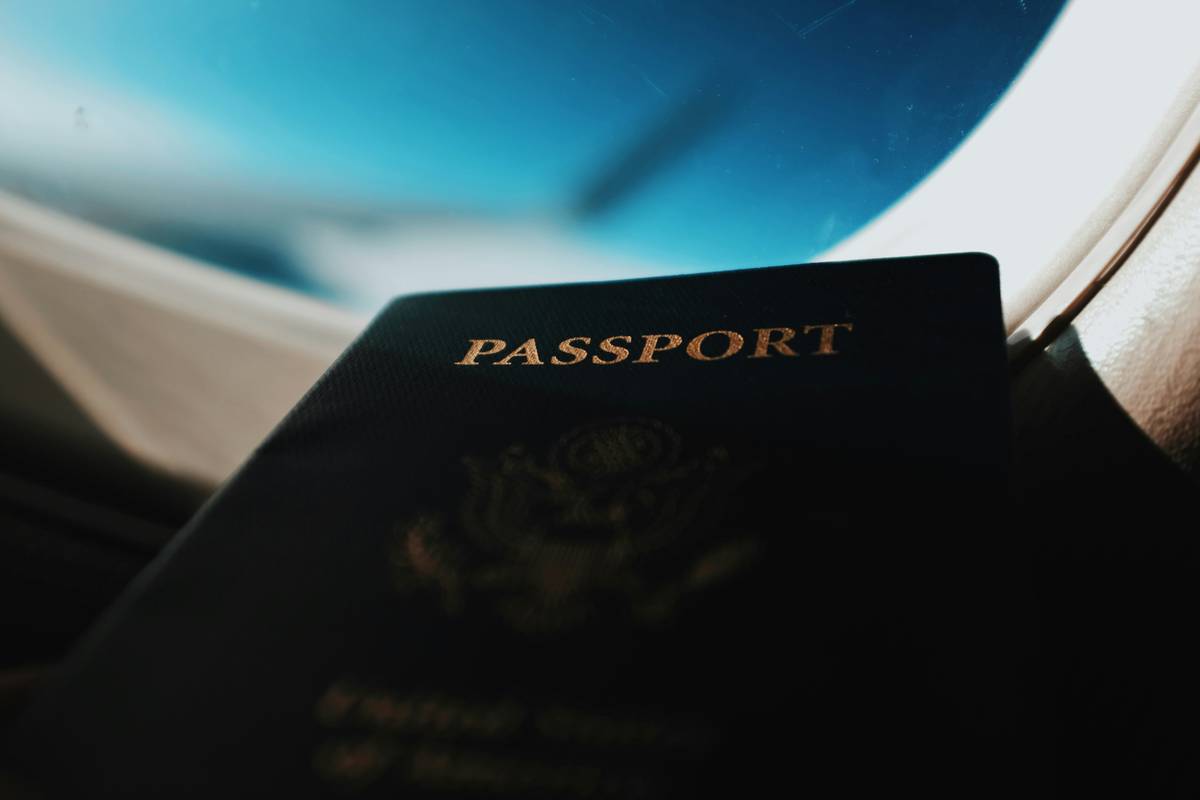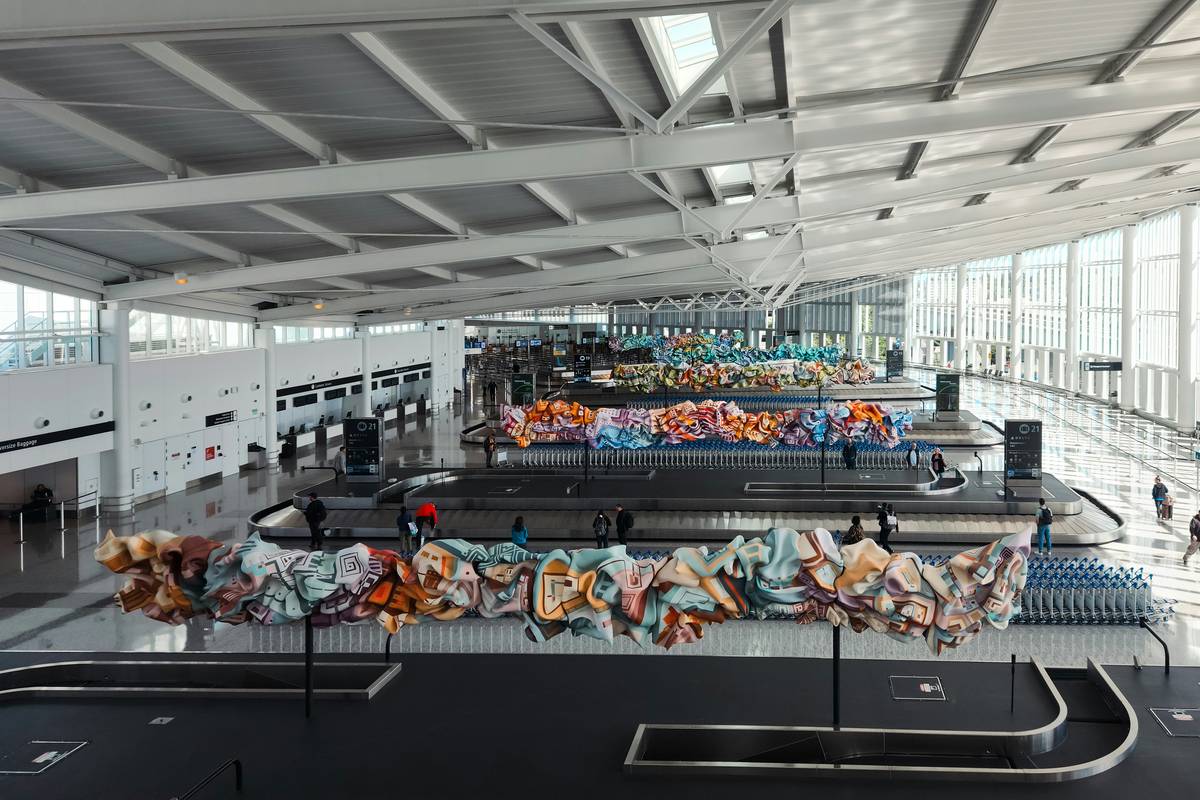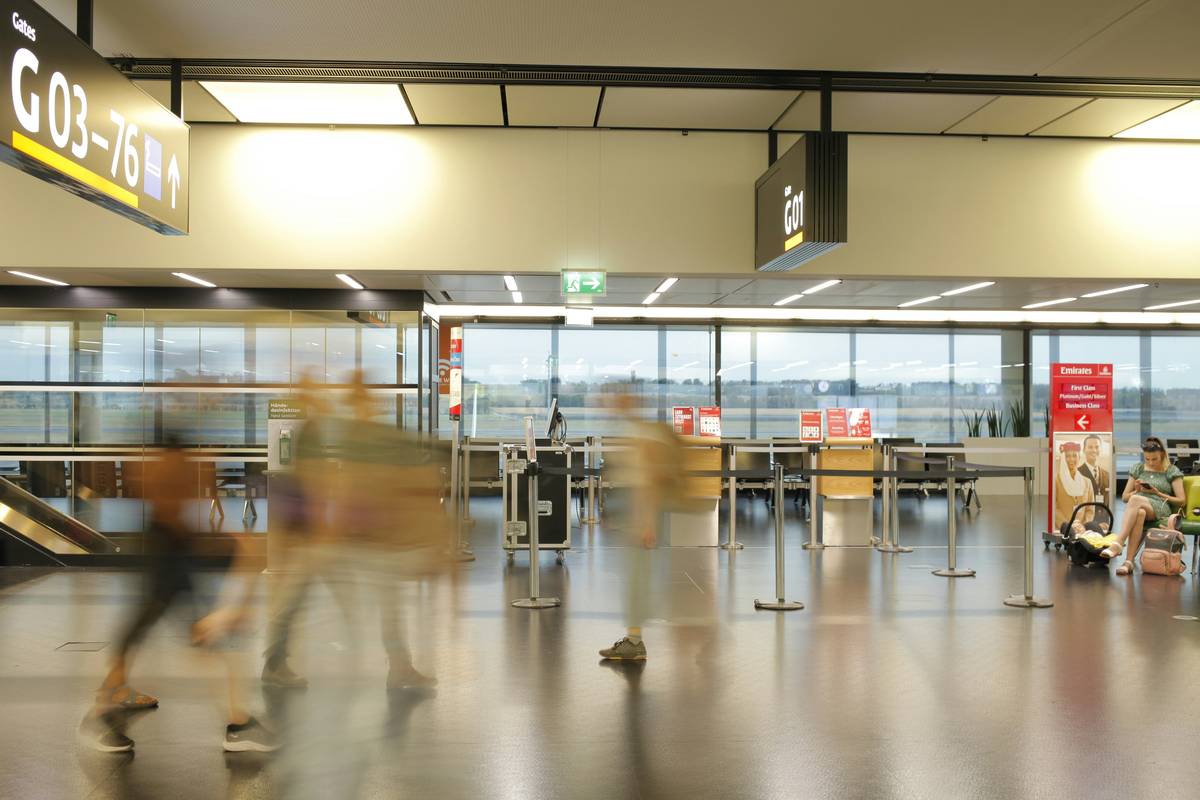Ever arrived at your destination, only to find your luggage took a detour… without you? Yeah, we’ve all been there. Traveling is fun until it’s not—and missing baggage can turn a dream vacation into an expensive nightmare. But did you know that understanding partner airline routes could help you unlock better baggage insurance coverage?
In this guide, you’ll learn how partner airline routes impact your baggage insurance options, actionable steps to boost your protection, and tips for making smarter travel decisions. Plus, a rant about why airlines love to complicate things (spoiler alert: they’re not sorry).
Table of Contents
- Why Partner Airline Routes Matter for Baggage Insurance
- Step-by-Step Guide to Maximizing Coverage on Partner Airline Routes
- 3 Must-Know Tips for Better Baggage Insurance
- Real-Life Example: How One Traveler Saved Big with Partner Airlines
- FAQs About Baggage Insurance and Partner Airline Routes
Key Takeaways
- Partner airline routes often come with shared baggage policies—but they’re not always clear.
- Knowing which partnerships exist can save you time, hassle, and even money when dealing with lost luggage.
- Beyond basic insurance, leveraging credit card perks tied to partner airlines can provide extra layers of protection.
Why Partner Airline Routes Matter for Baggage Insurance

If you’ve ever booked a flight through one carrier but ended up flying multiple carriers due to codeshares or alliances, congratulations—you’ve experienced partner airline routes firsthand. These networks allow different airlines to collaborate, offering seamless connections across continents. Sounds convenient, right?
But here’s where things get messy: each airline has its own baggage policy. And guess what? Just because Airline A accepts responsibility for your bag doesn’t mean Airline B will honor it if something goes wrong.
Confessional Fail: On my first international trip, I trusted blindly that my bags would follow me from Delta to KLM via their SkyTeam partnership. Spoiler: My suitcase got stuck in Amsterdam while I flew onward to Nairobi. The airline reps shuffled blame like hot potatoes. After two days of frantic calls, I learned the issue stemmed from unclear baggage coverage under their partnership agreement. Lesson? Always double-check BEFORE you board.
Grumpy You: “Ugh, does anyone actually read these fine print clauses?”
Optimist You: “Well, yes—if you want to avoid losing both your luggage AND your sanity.”
Step-by-Step Guide to Maximizing Coverage on Partner Airline Routes

To make sure you don’t end up stranded like I did, let’s break down how to protect yourself on partner airline routes:
- Research Alliance Policies: Each alliance (SkyTeam, Star Alliance, Oneworld) has unique terms. Visit their websites and review participating airlines’ baggage rules.
- Contact Customer Support: Before booking, ask explicitly who handles baggage liability if your journey includes stops with other carriers.
- Purchase Additional Coverage: If your credit card offers travel perks, check if extended baggage insurance applies to partner flights too. Many premium cards do!
- Document Everything: Take photos of your luggage before departure. Save receipts for high-value items inside your bag—this helps prove value during claims.
Sensory Oversharing: Imagine standing at baggage claim, staring blankly at a carousel that spins endlessly…and realizing no one really knows whose fault it is when bags go missing. Avoid that “whirrrr”-of-doom moment by being proactive upfront.
3 Must-Know Tips for Better Baggage Insurance
| Tip | Benefit |
|---|---|
| Know Your Carrier’s Limits | Understand maximum compensation limits per airline/alliance. |
| Leverage Credit Card Perks | Access enhanced coverage beyond standard airline guarantees. |
| Check Local Consumer Laws | Some countries mandate higher payouts for delayed/lost baggage. |
Note: Here’s a terrible tip: “Just trust the system.” Trust me, the system isn’t looking out for you. Alas, you’ll thank me later when you’re armed with knowledge instead of regret.
Real-Life Example: How One Traveler Saved Big with Partner Airlines

Meet Sarah, a frequent flyer who travels extensively for work. During a recent multi-leg trip involving United Airlines (Star Alliance) and Lufthansa, she discovered her checked bag didn’t arrive at her final destination. Instead of panicking, Sarah:
- Reviewed her itinerary against Star Alliance’s published baggage policies;
- Contacted Lufthansa’s customer service immediately;
- Filed a claim using receipts saved beforehand—not just for contents but also for temporary clothing purchases.
Result? Full reimbursement from Lufthansa within weeks. Her secret weapon? Knowing exactly how partner airline routes affected her rights as a passenger.
FAQs About Baggage Insurance and Partner Airline Routes
Do partner airlines share the same baggage allowance?
Nope. Policies vary widely depending on the carriers involved. Always confirm specifics before booking.
Can I use my credit card’s baggage insurance on partner flights?
Mostly yes! Check your cardholder agreement for details. Some premium cards even cover items purchased en route.
What happens if my baggage gets lost mid-transfer?
Liability usually falls on the last carrier transporting your bag. However, disputes may arise unless you documented everything beforehand.
Conclusion
Understanding partner airline routes might feel overwhelming initially, but staying informed can transform how you handle baggage mishaps. Armed with research, preparation, and some insider tricks, you can confidently navigate the skies knowing your belongings are protected—even when delays strike.
*Terrible Advice Rant Alert: Stop assuming airlines care more about your convenience than profits. They don’t. So channel your inner Grumpy Optimist and prep accordingly. Cheers to smoother travels ahead!
And remember: Life is like a Tamagotchi—neglect your pre-trip homework, and chaos ensues.


